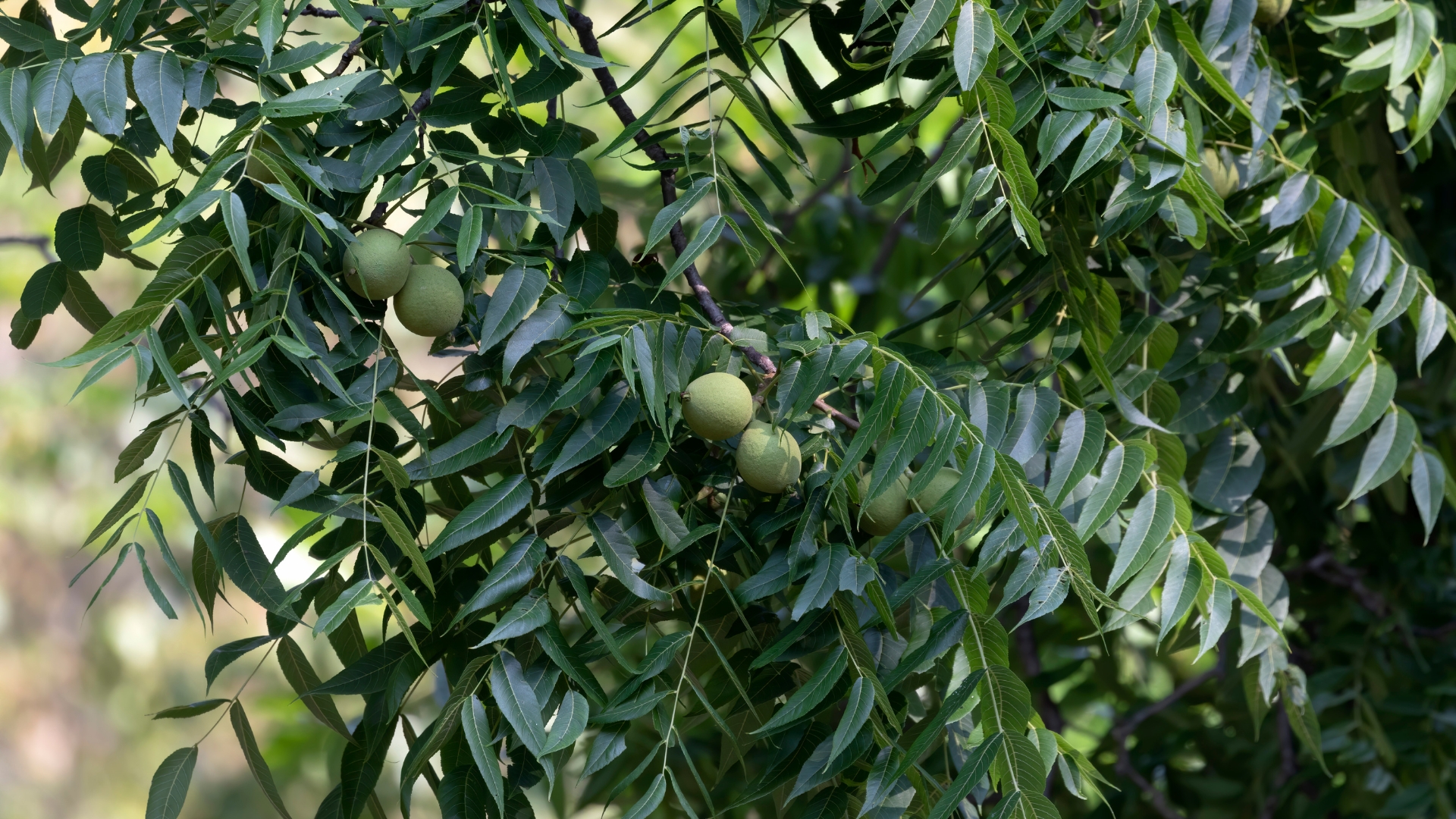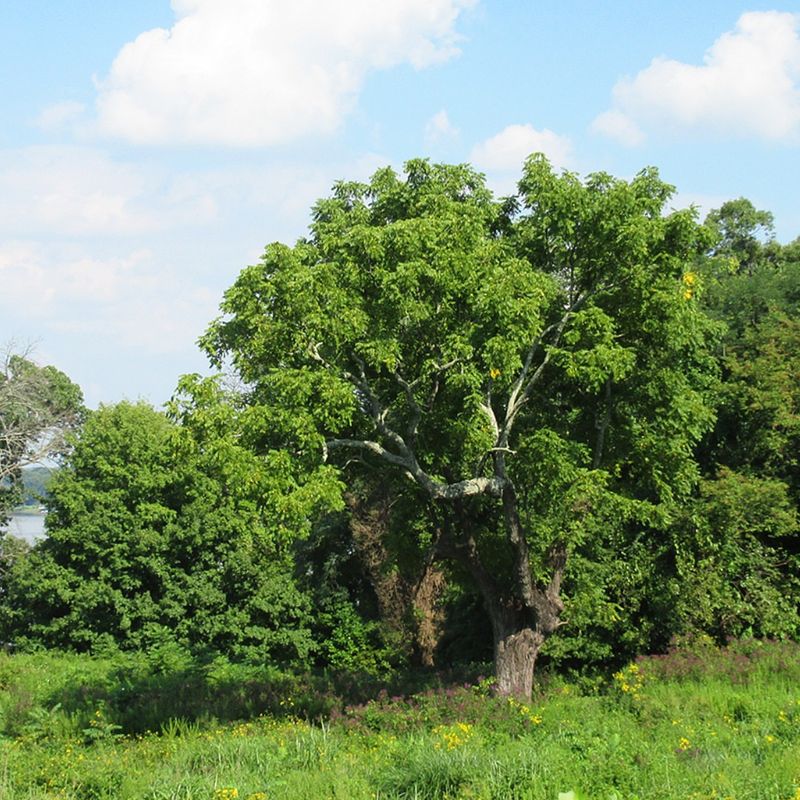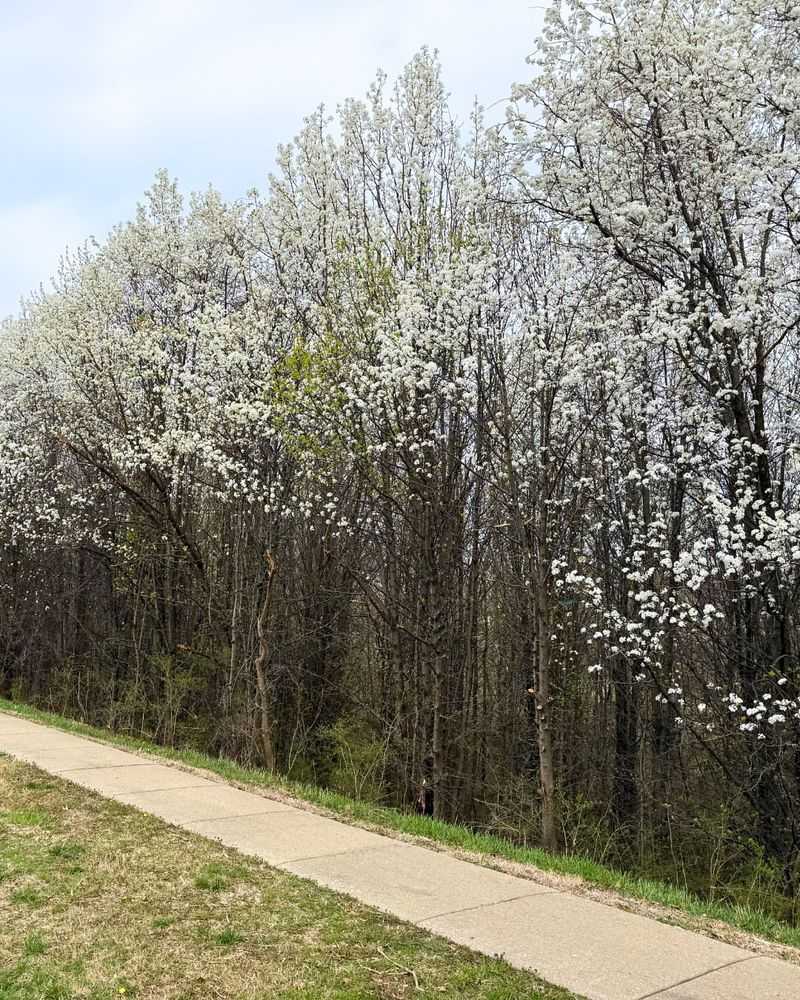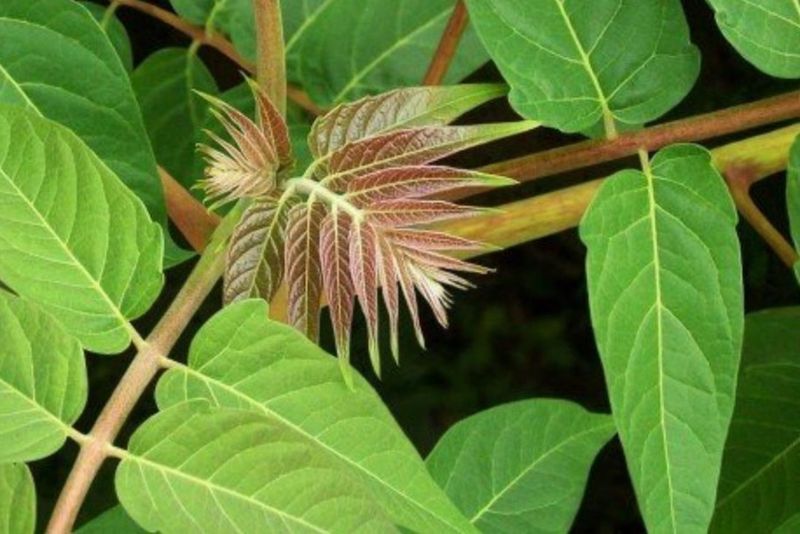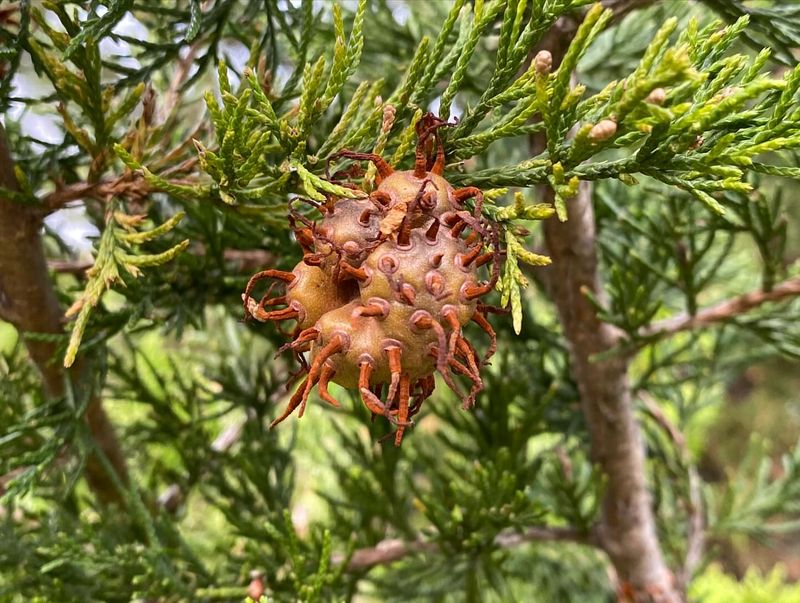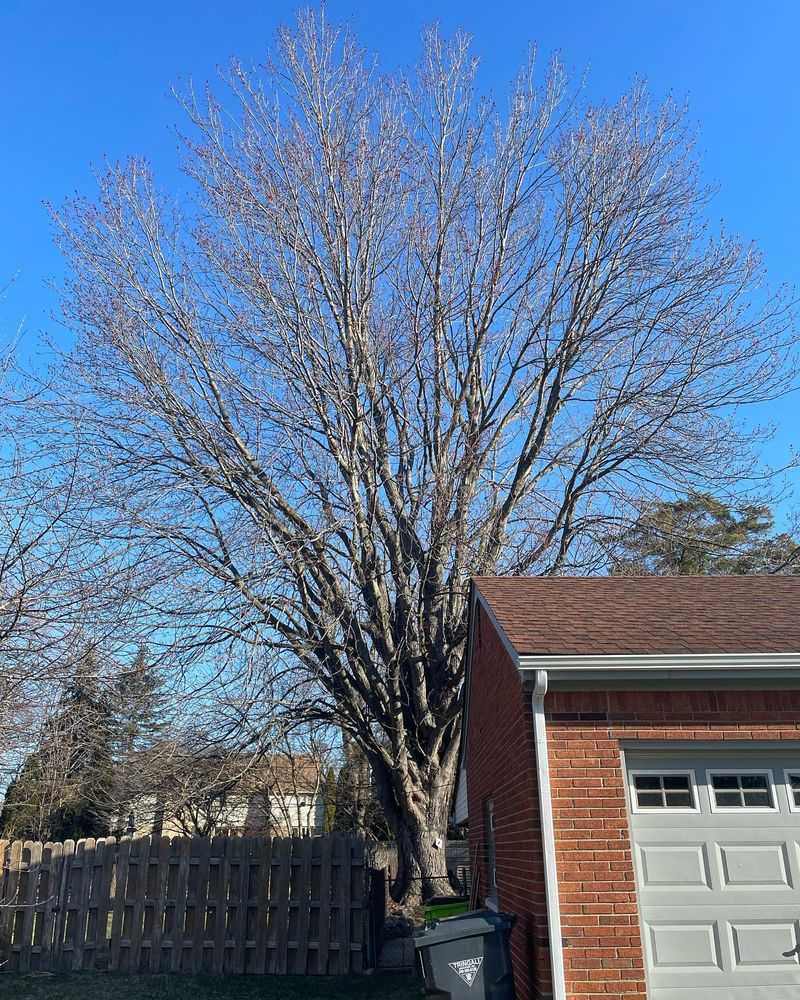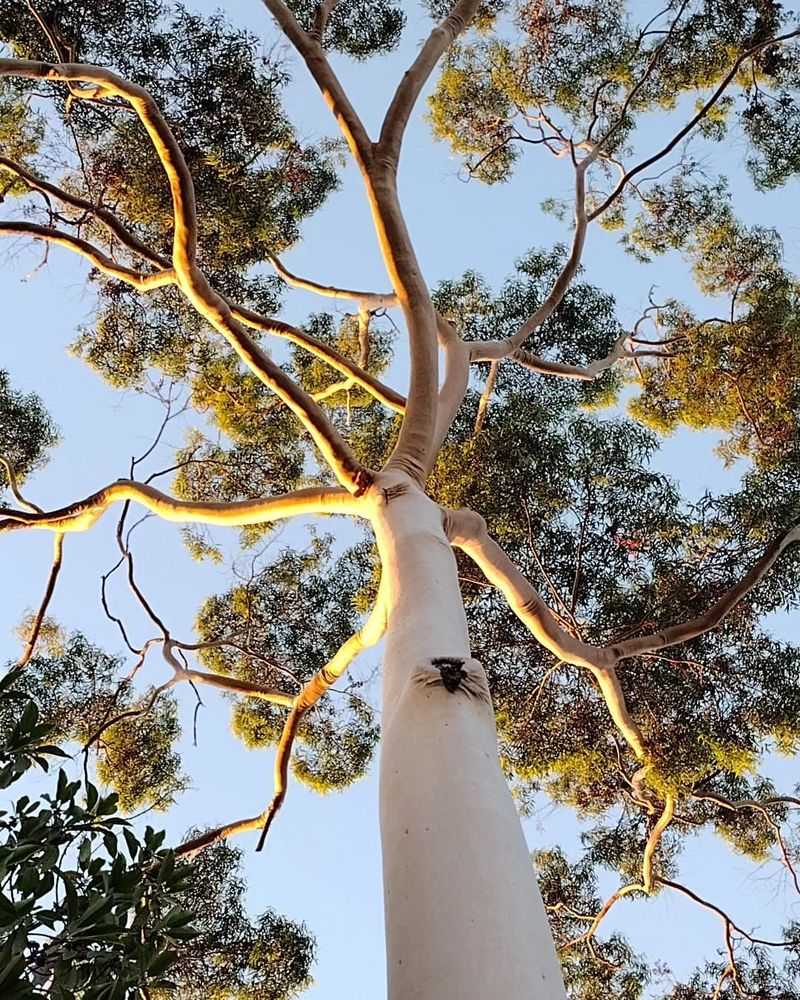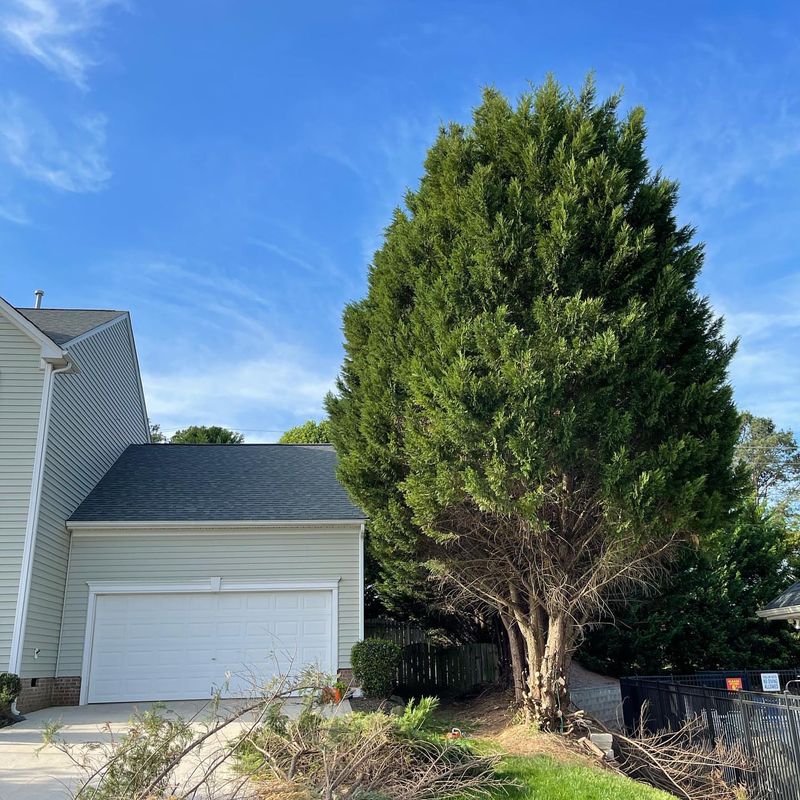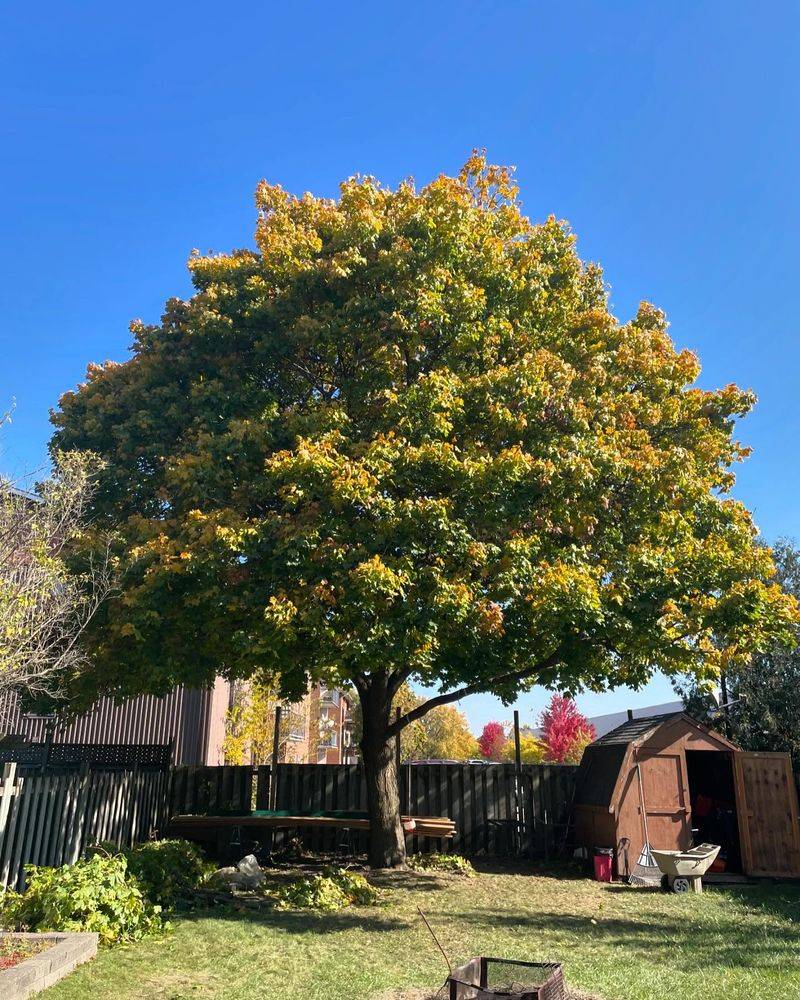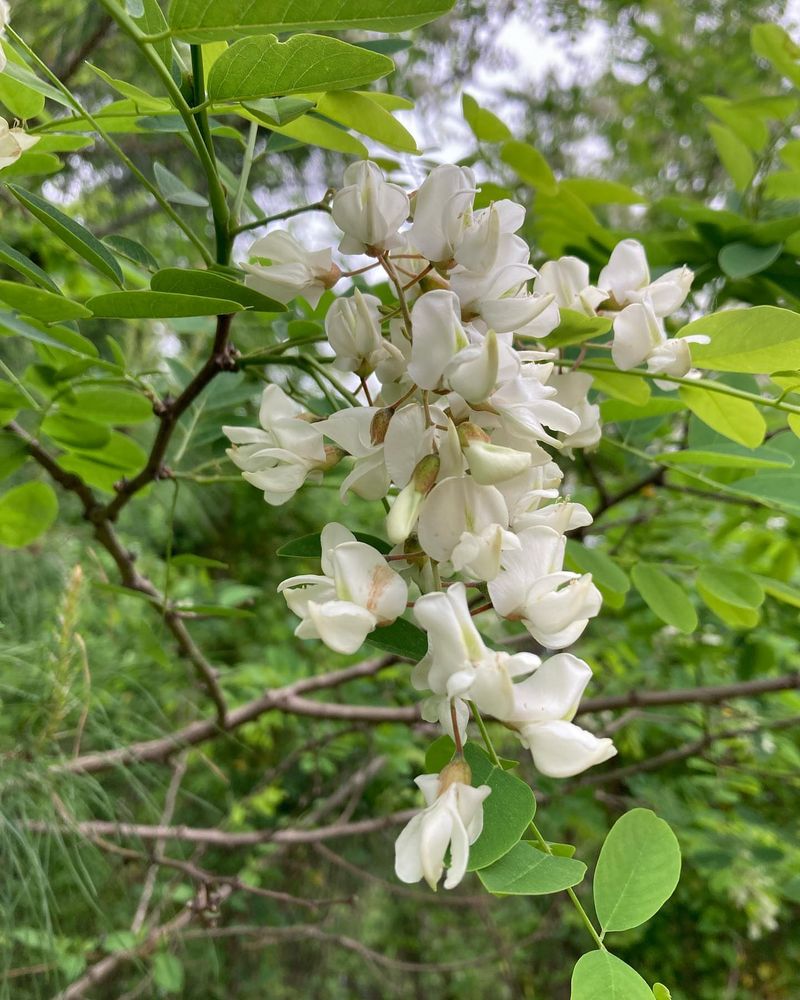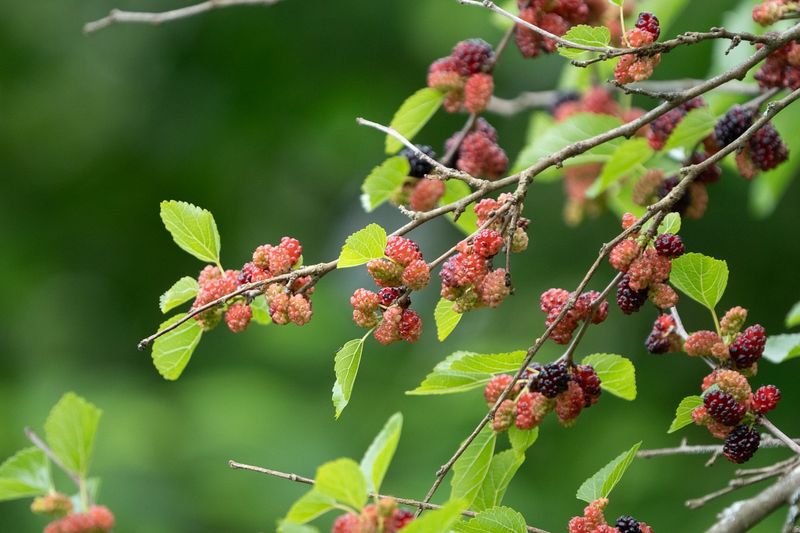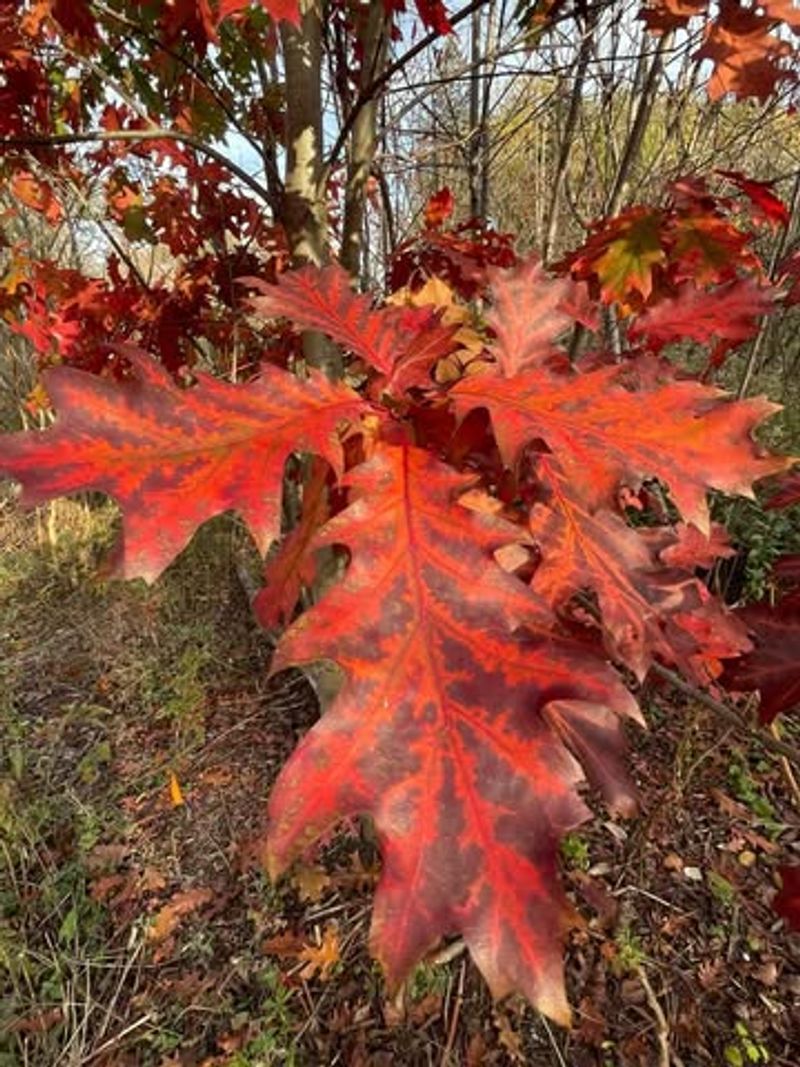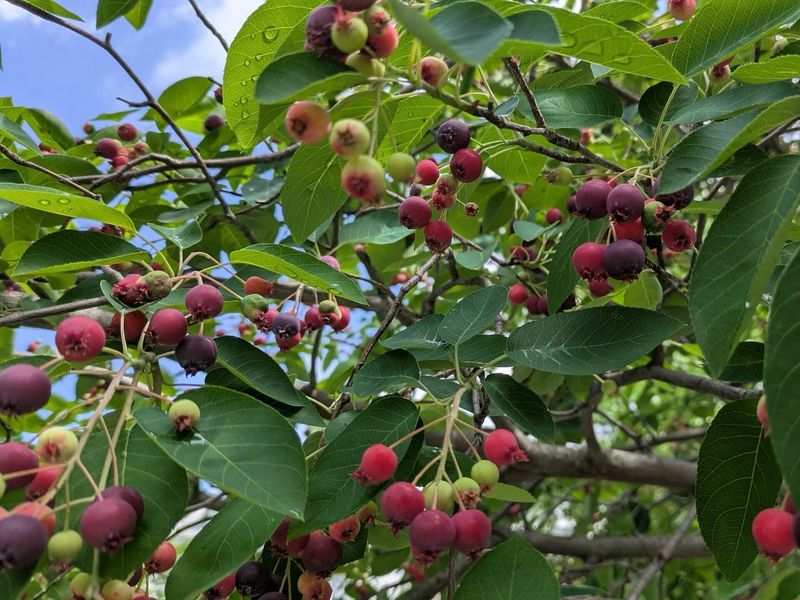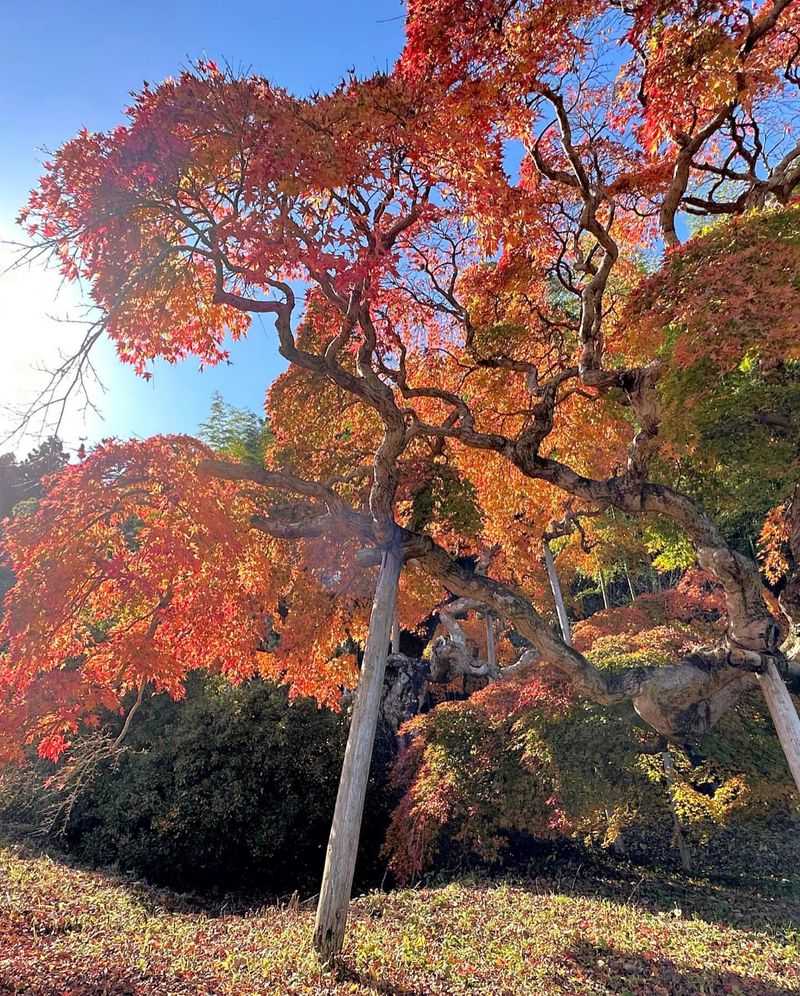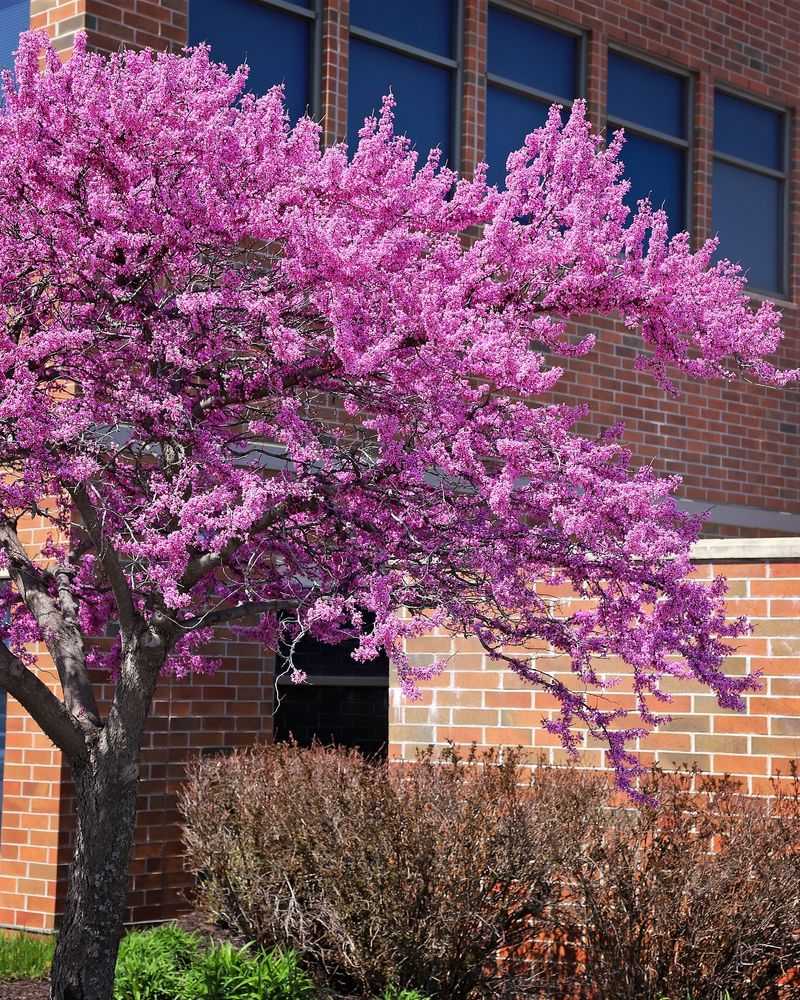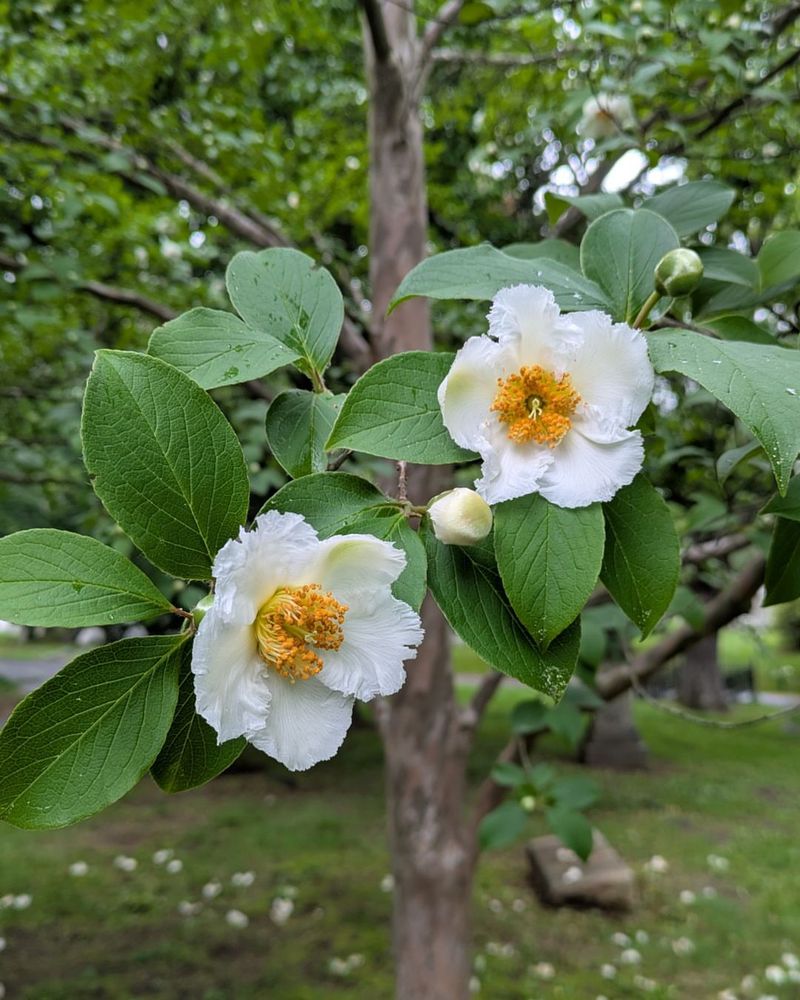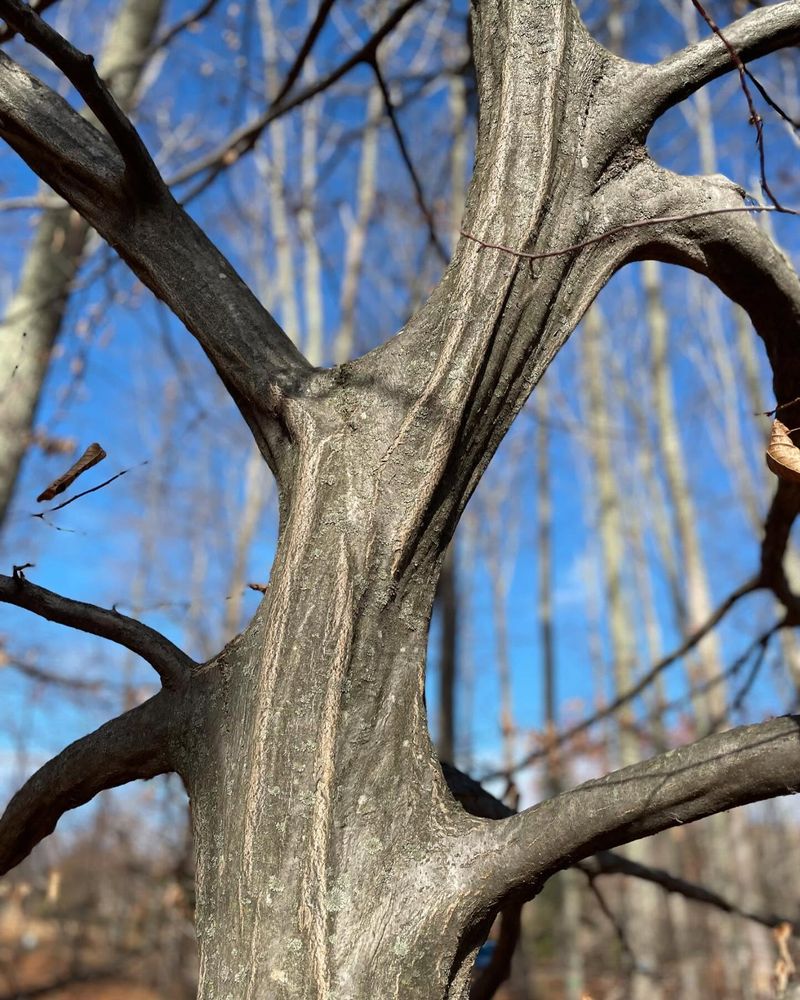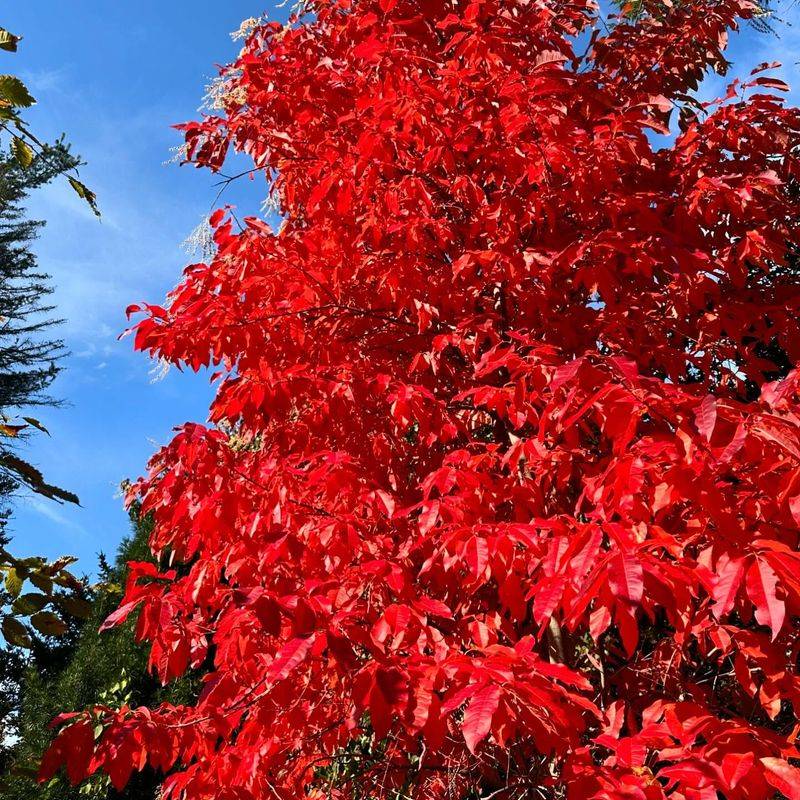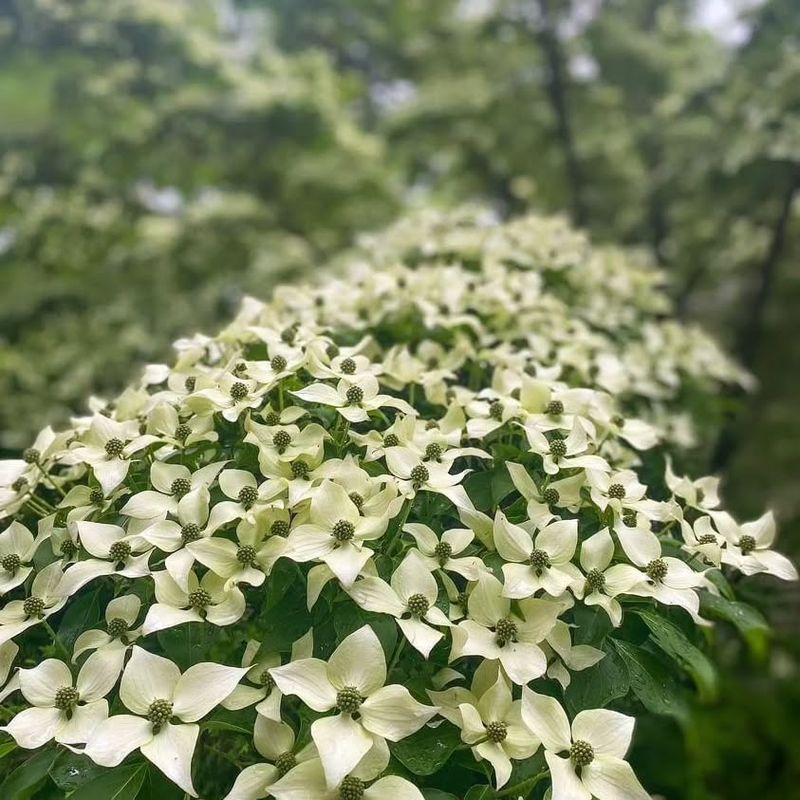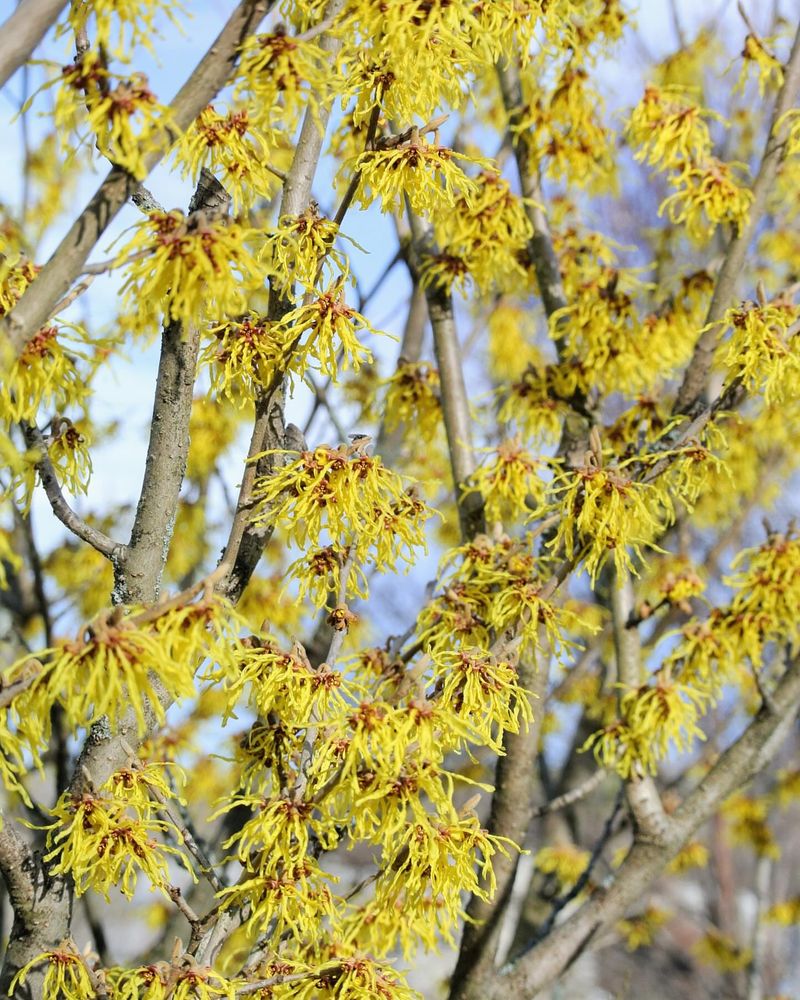Some trees may look lovely, but behind those pretty leaves, they’re quietly messing things up in your yard. I’ve learned the hard way that not every tree is a good neighbor—some spread toxins, hog all the resources, or invite pests.
If things in your garden seem a little off and you can’t figure out why, one of these trees might be the sneaky culprit.
Let’s call them out and talk about smarter, friendlier options that won’t sabotage your soil or flowers. Trust me, your yard will thank you for the switch.
1. Black Walnut
Ever notice how nothing grows well around these stately trees? They produce juglone, a natural chemical that’s toxic to many plants. This substance seeps from all parts of the tree, especially the roots and fallen nuts.
Gardens planted near black walnuts often struggle as the toxin prevents many plants from properly developing. Even after removing the tree, the soil remains contaminated for years, making replanting difficult without extensive remediation.
2. Bradford Pear
These once-beloved ornamentals have become an ecological nightmare. Their weak structure means branches frequently break during storms, causing property damage. The fallen flowers emit a fishy stench that can make outdoor spaces unusable.
Bradford pears escape into natural areas, crowding out native species. Their shallow root systems damage sidewalks and underground utilities. Many states now classify them as invasive species and have banned new plantings.
3. Tree of Heaven
Don’t let the heavenly name fool you. This aggressive invader releases chemicals that inhibit growth of nearby plants. The roots produce suckers that emerge yards away from the parent tree, creating dense thickets that are nearly impossible to control.
Female trees produce thousands of wind-dispersed seeds annually. The sap causes skin irritation in many people. As if that weren’t enough, they’re the preferred host for spotted lanternflies, a devastating agricultural pest.
4. Eastern Red Cedar
These native conifers host cedar-apple rust, a fungal disease that jumps between cedars and apple trees. If you have apple, crabapple, or hawthorn trees nearby, these cedars can devastate them with orange fungal infections that reduce fruit production.
Their dense pollen production triggers severe allergies in many people during spring. The roots spread widely and compete aggressively for water. In dry areas, they can deplete groundwater and worsen drought conditions.
5. Silver Maple
The lightning-fast growth rate comes with major drawbacks. Their shallow, aggressive roots crack foundations, buckle sidewalks, and clog sewer lines. The soft wood breaks easily in storms, creating hazards and property damage.
Silver maples drop mountains of seeds that sprout everywhere, creating weed trees throughout your yard. Their roots are so water-hungry they can dry out nearby garden beds. Autumn brings massive leaf drop that smothers lawns if not promptly removed.
6. Eucalyptus
These Australian imports release chemicals that prevent other plants from growing nearby. The oily leaves decompose slowly, creating a sterile zone beneath the tree. Their thirsty roots compete aggressively for water, starving nearby plants.
Eucalyptus trees are extremely flammable due to their oil content, creating fire hazards. Branches drop without warning, earning them the nickname “widow makers.” The aromatic compounds can trigger respiratory issues in sensitive individuals.
7. Leyland Cypress
These fast-growing privacy screens seem perfect until problems emerge. Their shallow roots provide poor stability, leading to toppling in storms or high winds. The dense foliage creates deep shade that kills grass and other plants beneath.
Leyland cypresses are highly susceptible to fatal fungal diseases that spread quickly between trees. Their water requirements are enormous, creating drought stress for nearby plants. As they mature, the inner branches die, creating unsightly brown patches and fire hazards.
8. Norway Maple
These shade trees create problems below ground and above. Their dense canopy blocks so much light that grass struggles to grow underneath. The shallow roots form a thick mat that steals water and nutrients from nearby plants.
Norway maples produce thousands of winged seeds that sprout everywhere, creating a maintenance nightmare. They’re classified as invasive in many states, crowding out native trees in natural areas. Their late leaf drop in fall smothers lawns and garden beds.
9. Black Locust
These fast-growing natives come with serious downsides. The trunk and branches bear sharp thorns that can cause painful puncture wounds. All parts contain toxic compounds that can poison livestock and cause serious illness in children if ingested.
Black locusts produce numerous suckers from the roots, creating thickets that are difficult to control. The aggressive root system damages hardscaping and underground utilities. Their heavy spring flower drop creates slippery messes on walkways and patios.
10. Mulberry
The fruit-dropping habit of mulberries creates endless messes on patios, cars, and sidewalks. The purple stains are nearly impossible to remove from concrete and clothing. Birds spread the seeds everywhere, creating volunteer trees throughout your yard.
Male mulberry trees produce enormous amounts of allergenic pollen. Their aggressive roots crack foundations and invade sewer lines. The trees host numerous pests including whiteflies and scale insects that can spread to other garden plants.
11. Red Oak
Unlike its problematic cousins, the red oak offers beauty without the baggage. Its deep root system rarely damages foundations or sidewalks. The moderate growth rate means stronger branches that resist storm damage.
Red oaks provide excellent wildlife habitat without invasive tendencies. Their fall color is spectacular, with deep reds that last for weeks. They’re resistant to many diseases that plague other oaks, making them low-maintenance additions to larger landscapes.
12. Serviceberry
Perfect for smaller yards, serviceberries offer four-season interest without the headaches. Spring brings delicate white flowers, followed by edible berries that both humans and birds enjoy. Fall foliage ranges from orange to deep red.
Their multi-stemmed form creates natural screening without becoming invasive. Serviceberries have no significant pest or disease problems. The modest root systems won’t damage hardscaping, making them ideal near patios and walkways.
13. Japanese Maple
These landscape jewels pack major visual impact into a small footprint. Their slow growth rate means minimal pruning and maintenance. The fibrous root systems rarely cause structural damage, even when planted near foundations.
Japanese maples thrive in partial shade where many trees struggle. The varieties are endless, from weeping forms to upright specimens with leaf colors ranging from green to deep burgundy. They’re naturally resistant to most pests and diseases.
14. Redbud
These native beauties burst with magenta flowers in early spring before leaves appear. The heart-shaped foliage creates dappled shade that allows grass to grow beneath. Their moderate size fits perfectly in urban and suburban yards.
Redbuds attract important pollinators with their nectar-rich blooms. The non-aggressive roots won’t damage hardscaping or utilities. As understory trees in nature, they’re adapted to growing alongside other plants without harmful competition.
15. Stewartia
Often overlooked, stewartias deserve more attention in home landscapes. Their camellia-like summer flowers appear when few other trees bloom. The exfoliating bark creates winter interest with a patchwork of cream, tan, and reddish-brown.
Stewartias grow slowly, reaching a manageable mature height of 20-30 feet. They have no significant pest or disease problems. The root systems are non-invasive, making them suitable for planting near structures or other garden plants.
16. Paperbark Maple
The cinnamon-colored peeling bark makes this small maple a year-round standout. Unlike aggressive silver maples, paperbarks grow slowly and develop non-invasive root systems. Their modest height fits well under power lines and in smaller yards.
The trifoliate leaves turn brilliant orange-red in autumn. Paperbark maples produce very few seeds, eliminating unwanted seedlings. They’re resistant to the diseases and pests that plague other maples, ensuring decades of trouble-free growth.
17. Hornbeam
These understated trees offer remarkable versatility in home landscapes. Their dense branching creates excellent privacy screens or windbreaks. The smooth, muscle-like bark adds winter interest when leaves have fallen.
Hornbeams tolerate heavy pruning, even forming elegant hedges when desired. Their non-aggressive roots won’t damage nearby structures. They’re virtually pest-free and resistant to most diseases that plague other deciduous trees.
18. Sourwood
Summer brings cascades of fragrant white flowers that resemble lily-of-the-valley blooms. Bees make prized honey from the nectar, attracting beneficial pollinators to your garden. The glossy green leaves turn brilliant scarlet in fall.
Sourwoods grow slowly, requiring minimal pruning or maintenance. Their moderate size fits well in average yards without overwhelming the space. The non-aggressive roots coexist peacefully with nearby plants and structures.
19. Kousa Dogwood
Unlike disease-prone flowering dogwoods, kousas resist the anthracnose that devastates their native cousins. The star-shaped white blooms appear after the leaves, lasting longer than traditional dogwood flowers. Strawberry-like fruits attract birds in late summer.
The exfoliating bark creates winter interest with a puzzle-piece pattern. Kousa dogwoods develop a beautiful horizontal branching structure as they mature. Their shallow roots are non-aggressive, making them good companions for other garden plants.
20. Witch Hazel
These unique trees bloom when nothing else does—either late fall or dead of winter depending on the variety. The spidery yellow or orange flowers emit a sweet fragrance that carries on winter air. Their vase-shaped form creates architectural interest.
Witch hazels grow slowly, requiring minimal maintenance. The fall foliage ranges from brilliant yellow to rich orange. They’re naturally resistant to most pests and diseases, thriving with little intervention in average garden conditions.

